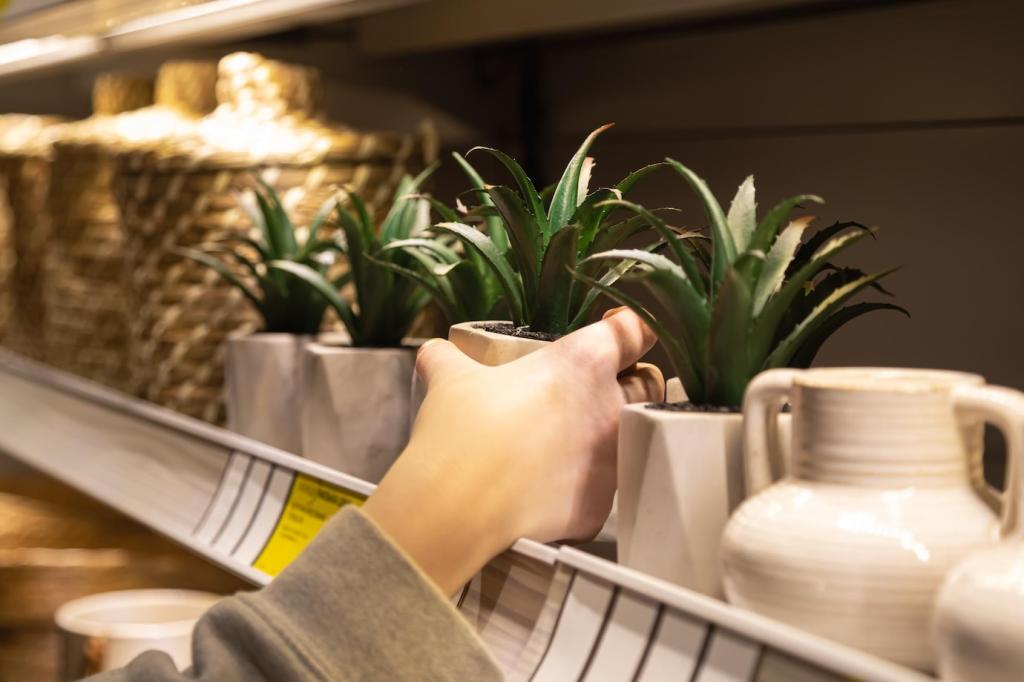
The Impact of Upcycled Furniture in Interiors
Chosen theme: The Impact of Upcycled Furniture in Interiors. Step into a world where character-rich pieces reduce waste, spark conversation, and make homes feel personal, layered, and alive. Subscribe for fresh stories, practical techniques, and design guidance that help you bring meaningful, upcycled statements into every room.
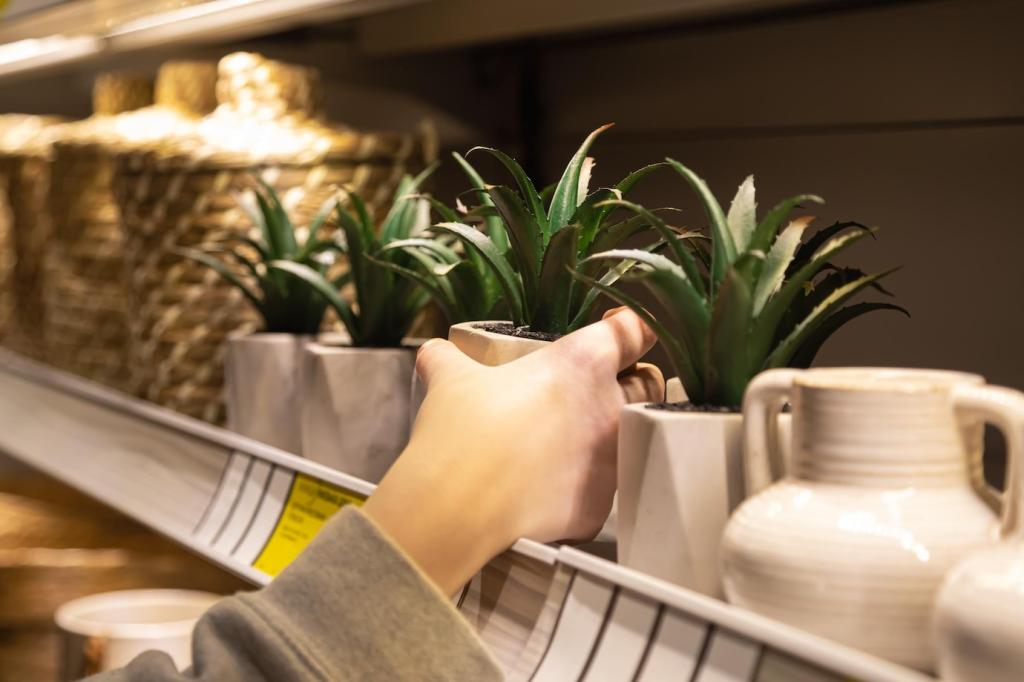
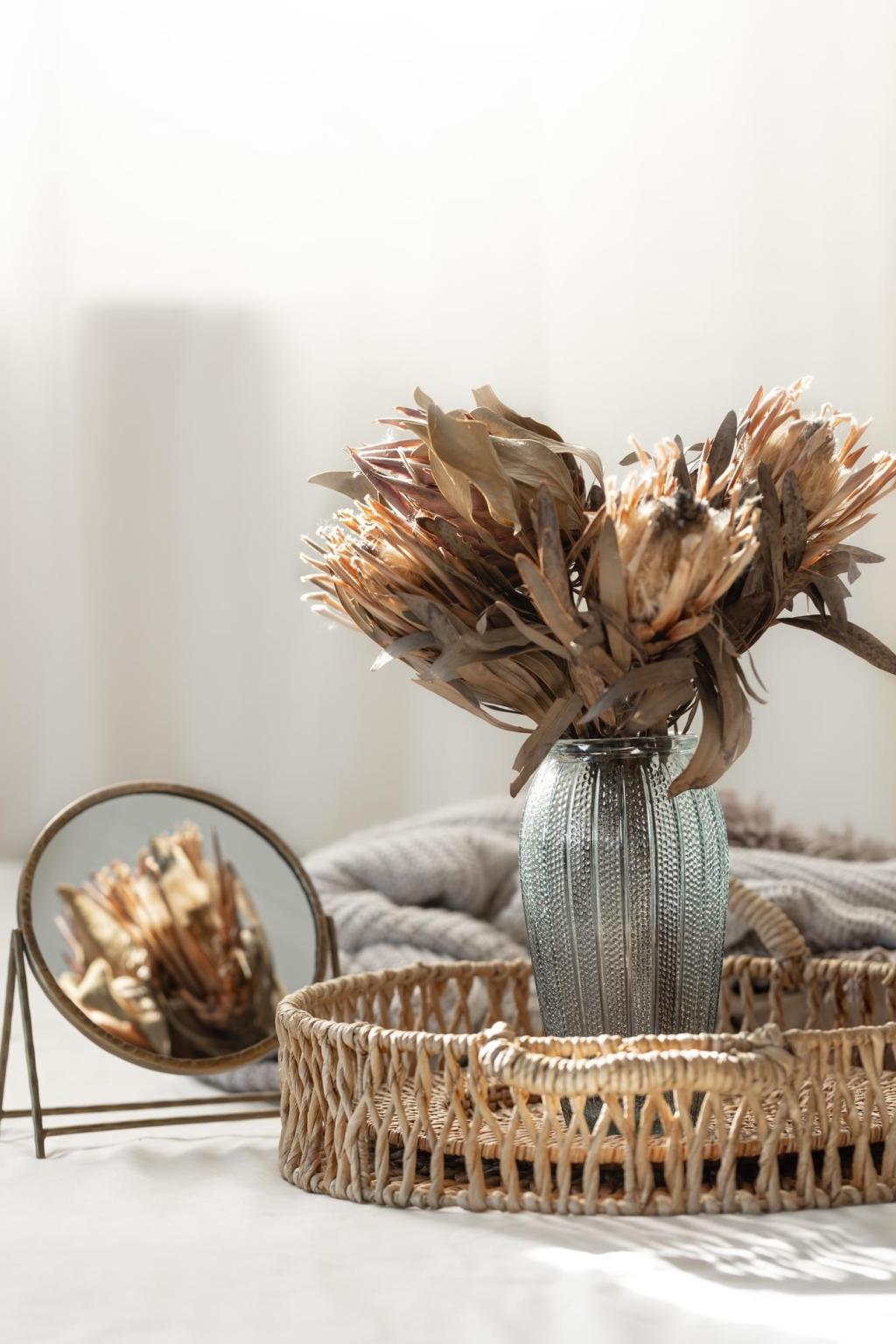
Styling Strategies for Upcycled Centerpieces
Match the undertone, not the exact shade. If a reclaimed oak table skews warm, echo that warmth in textiles or art frames. A limited palette unifies, while small accents—like a teal vase—keep the vibe fresh. Share your palette tricks and we may feature them in our next roundup.
Styling Strategies for Upcycled Centerpieces
A heavy vintage armoire can ground a room, but give it breathing space and lighter companions. Pair with leggy chairs, open shelving, and generous negative space. Walk the room path yourself; if you bump into corners, the scale needs a rethink. Comment with your layout wins or challenges.
Sustainability and the Circular Home
A reclaimed door transformed into a dining table diverts bulky waste, skipping transport to landfill and the energy of producing new lumber. You feel the difference every meal—wood rings and nail marks tell the story. Track your diverted items and share your list to inspire others to start small.
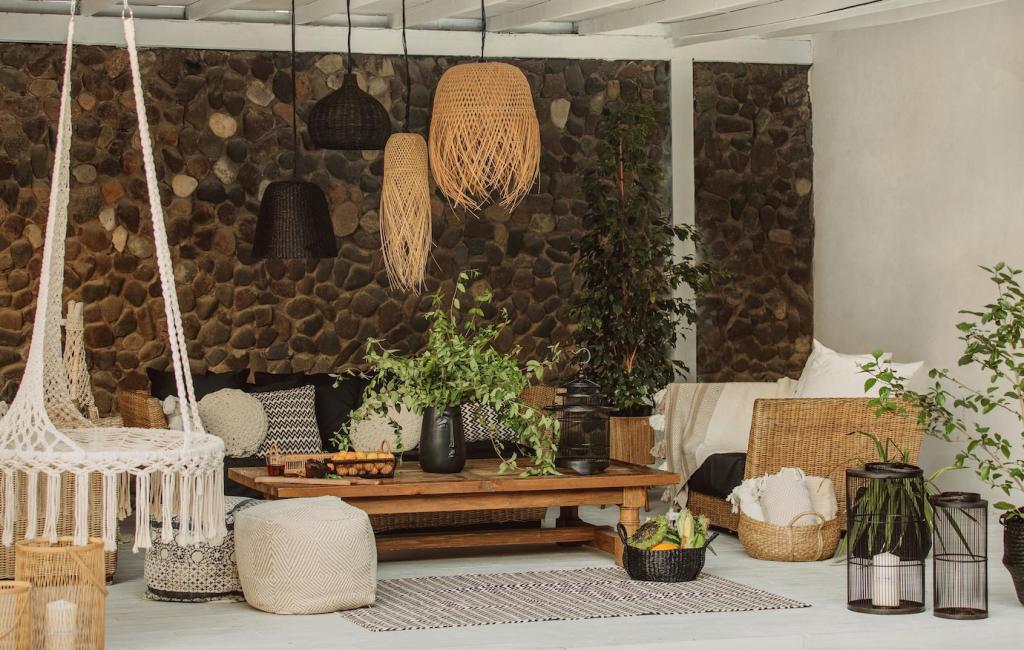
Safety, Materials, and Responsible Sourcing
Opt for low- or zero-VOC finishes, plant-based oils, waterborne polyurethanes, and shellac for sensitive spaces. Test in an inconspicuous spot and ventilate well. If stripping old paint, assess for lead and use proper containment. Comment with your favorite safer brands and the finishes that truly held up.
Loose mortise-and-tenon joints, wobbly legs, or hairline splits are fixable with clamps, dowels, and appropriate adhesives. Reinforce load-bearing shelves with discreet brackets. Photograph the underside before disassembly to guide reassembly. Share a before-and-after repair story to help someone else save a piece from the curb.
Ask permission, honor provenance, and avoid culturally significant items that deserve preservation, not alteration. Salvage yards, deconstruction firms, and estate sales are responsible sources. Keep a simple record of where pieces came from and pass that story forward. Tell us how you document your finds.
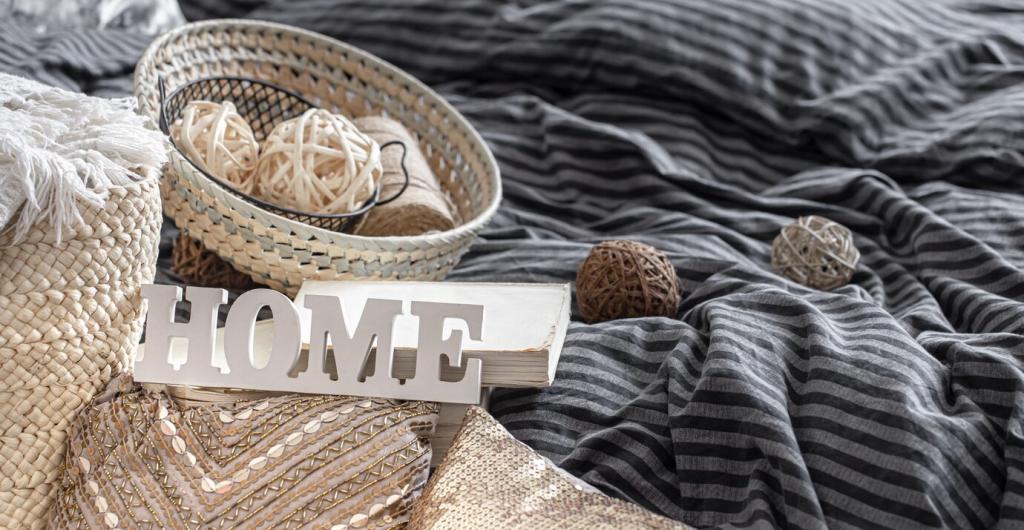
Real Rooms, Real Results
A Small Apartment, One Bold Table
In a 35-square-meter studio, a reclaimed library table replaced a flimsy desk. It hosted dinners, projects, and quiet mornings, turning a corner into a daily ritual. The renter wrote that it made the space feel grown-up overnight. Share your one-piece transformation that changed everything.
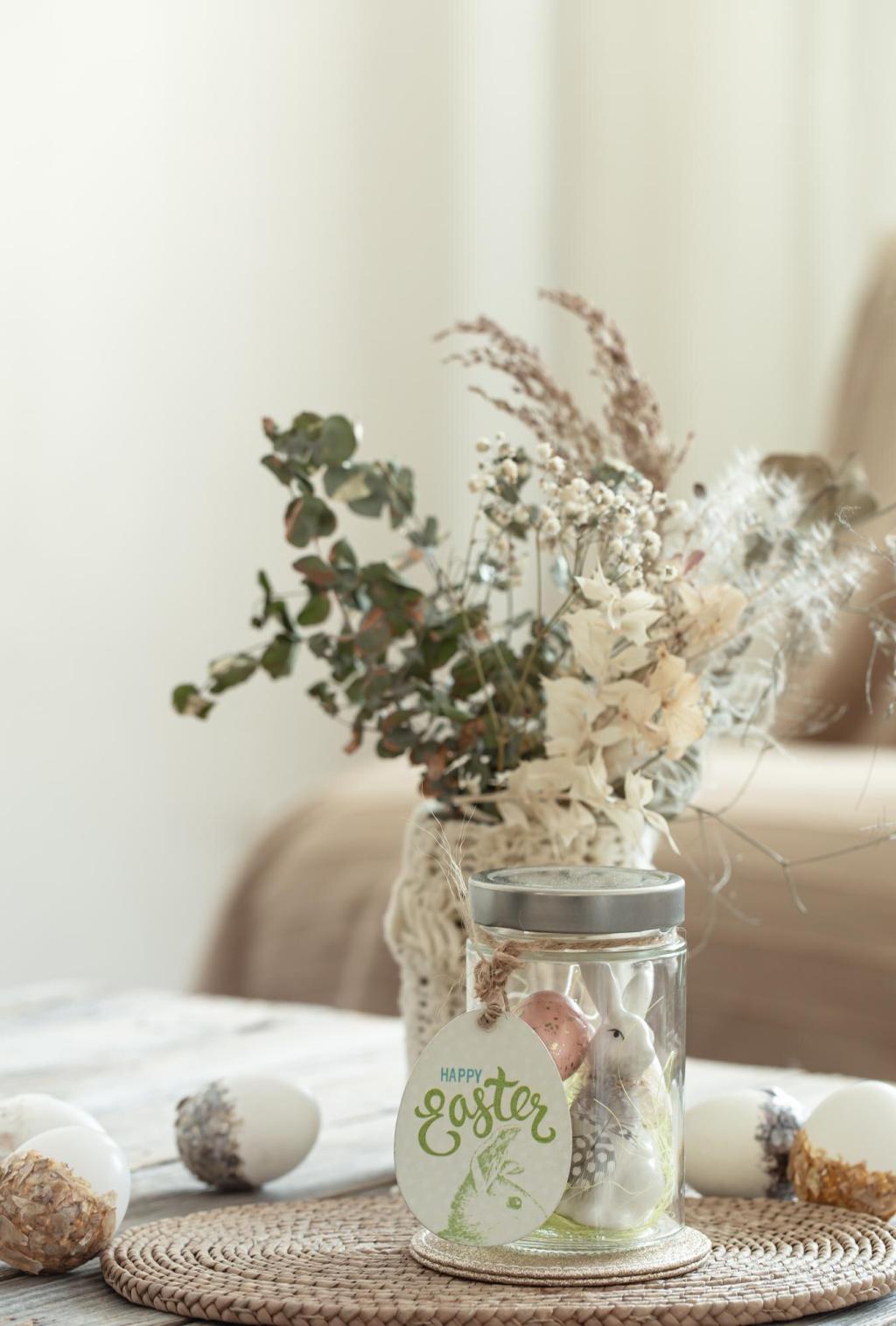
DIY Confidence and Community
Begin with a sander, clamps, square, wood glue, scrapers, and a decent respirator. Add quality brushes and a selection of abrasives. Practice on scraps before the real piece. Post your toolkit photo and tip our readers off to one tool you wish you had bought sooner.
DIY Confidence and Community
Ask: Is the frame solid? Can joints be tightened? Is the veneer repairable? If yes, rebuild; if not, harvest parts for another project. Let integrity and safety guide you. Comment with a tough call you faced, and our community will weigh in on alternatives.
DIY Confidence and Community
Document your process: before, mid-repair, and reveal. Natural light tells the truth about finish quality and wood tone. Tag your post so we can reshare and celebrate your effort, not just perfection. Invite a friend to subscribe and begin a project together this month.
